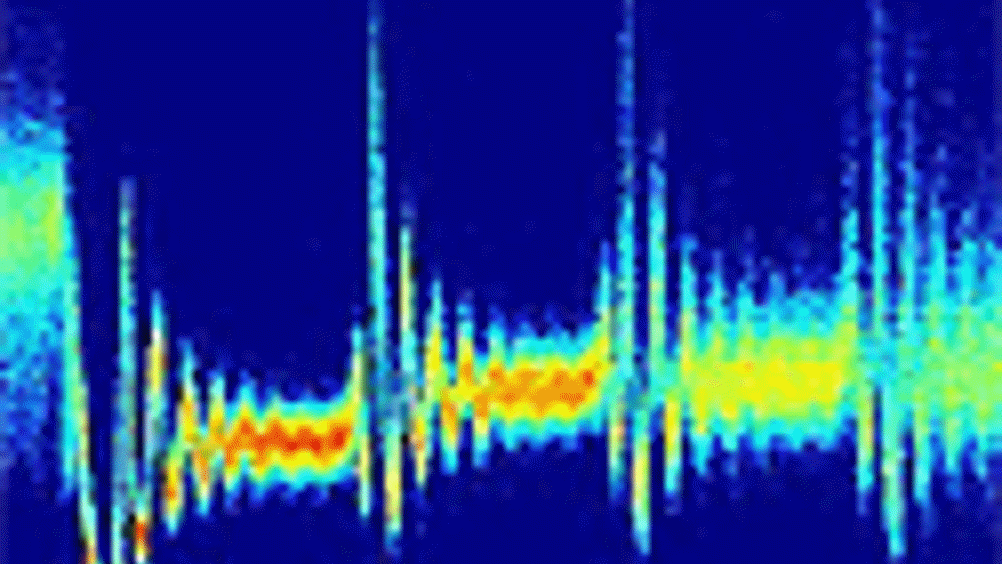UK project seeks to build multiple-hop antenna system

Entire communities may soon be networked by meshes of radio transmissions that will carry much more data than existing wired services. A new kind of antenna will act as a relay node, forwarding signals through the air to link eventually with the public internet or private networks.
The project depends upon perfecting the multiple-input-multiple-output (MIMO) antennas and the algorithms and protocols that will maximise their efficiency. 'Essentially MIMOs behave like a lot of mini antennas in one,' said research co-ordinator Prof Kin Leung of
London. Industrial collaborators include
,
,
,
,
and
.
The aim is to design a system where signals hop from one antenna to the next, following reconfigurable routes that optimise the network. 'It's relatively challenging to build a multiple hop system,' said Leung. 'The hops could be as short as 100m or as long as a few kilometres. In rural areas directional antennae with line of sight could cover even greater distances.'
Register now to continue reading
Thanks for visiting The Engineer. You’ve now reached your monthly limit of news stories. Register for free to unlock unlimited access to all of our news coverage, as well as premium content including opinion, in-depth features and special reports.
Benefits of registering
-
In-depth insights and coverage of key emerging trends
-
Unrestricted access to special reports throughout the year
-
Daily technology news delivered straight to your inbox










UK Automotive Feeling The Pinch Of Skills Shortage
Aside from the main point (already well made by Nick Cole) I found this opinion piece a rather clunking read: • Slippery fish are quite easy to...